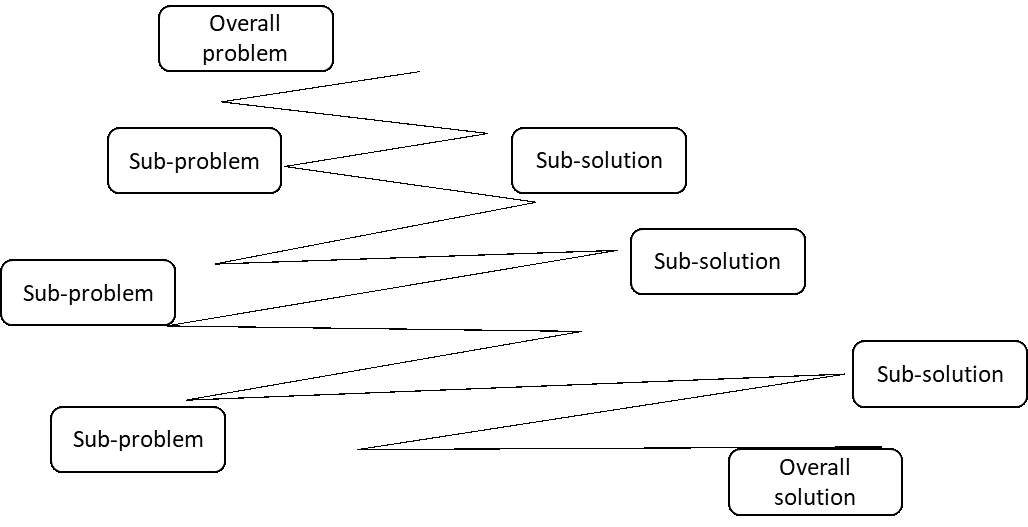The different goal of the design process yielded different approaches. Cross (2000) presented various design process models by its purposes, including descriptive, prescriptive, and interactive models. The descriptive models are based on the solution-focused nature of the design process. The purpose of the models is to identify the significance of generating a solution concept. These process model types usually consist of idea generation, idea analysis, and idea evaluation. One example is French’s (1999) model.
Prescriptive models, on the other hand, were built based on the analysis of engineering design processes. This design model type aimed to persuade designers to adopt improved ways of working. For example, March (1984) presented a design process model using a prescriptive approach that focused the elements of design process rather than procedural arrows and boxes. March’s model contains three reasoning strategies: inductive, deductive, and productive. The first phase of the model is productive reasoning, during which engineers meet design problems and state preliminary problem definitions. The second phase is deductive reasoning, in which engineers analyze and predict the possible consequences. The last phase is inductive reasoning, where engineers evaluate whether the developed solutions meet the clients’ needs or require further modifications.
Interactive models illustrate the iterative nature of the design process. Usually, design processes continually go back and forth. A design problem has subproblems; and solving a subproblem causes changes of the other subproblems. Therefore, design processes interact with other design problem phases, which can be symmetrical, commutative, or circular in form. Cross (2000) studied how creative ideas emerged during the design process and presented a symmetrical interactive model. This type of models begins with an overall problem but iterates through sub-problems and sub-solutions. Rather than depicting the design procedure, the interactive model highlights the iterative nature of the design process.

 This site is licensed under a Creative Commons Attribution-NonCommercial 4.0 International License. You are free to share (copy and redistribute the material in any medium or format) and adapt (remix, transform, and build upon the material for any non-commercial purpose). Under the following terms you must give appropriate credit, provide a link to the license, and indicate if changes were made.
This site is licensed under a Creative Commons Attribution-NonCommercial 4.0 International License. You are free to share (copy and redistribute the material in any medium or format) and adapt (remix, transform, and build upon the material for any non-commercial purpose). Under the following terms you must give appropriate credit, provide a link to the license, and indicate if changes were made.


Leave a Reply